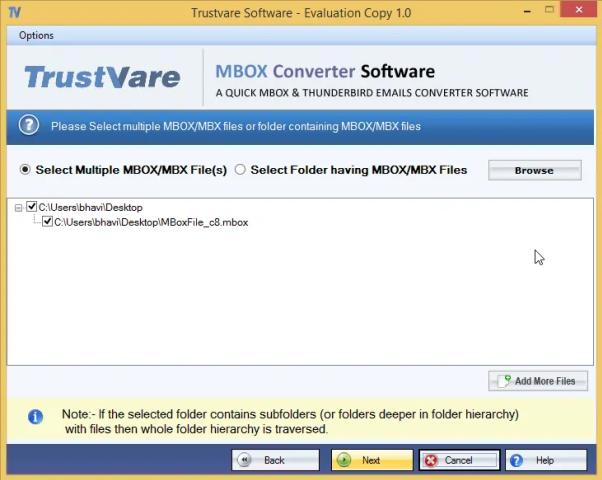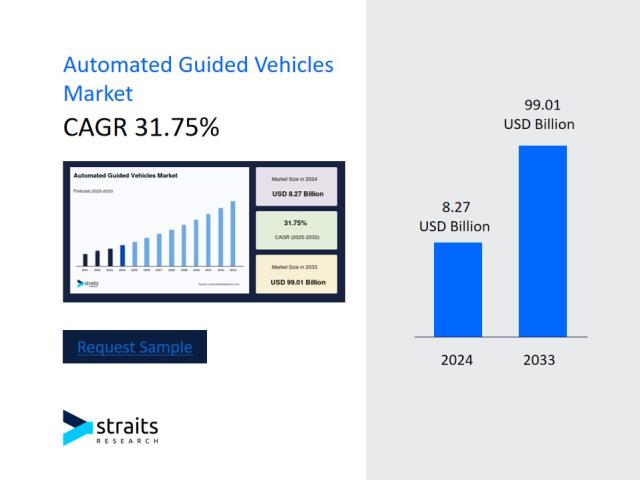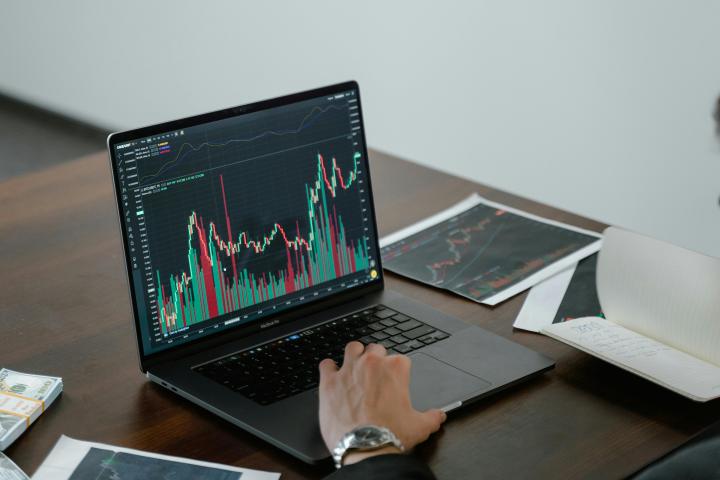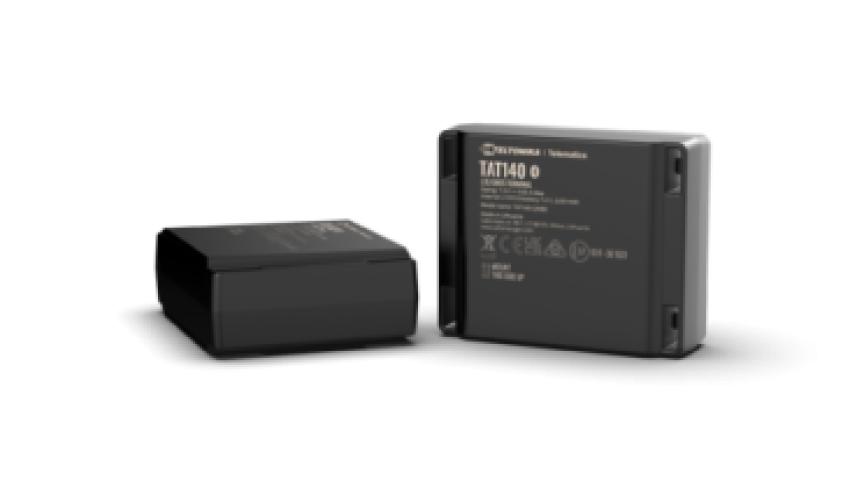In the fast-evolving world of financial markets, automated trading software has emerged as a game-changer. By leveraging algorithms to execute trades without manual intervention, this technology has revolutionized the way traders and institutions operate. In this guide, we’ll explore what automated trading software is, its benefits, key features, the development process, challenges, and how to choose the right development partner.
What is Automated Trading Software?
Automated trading software is a sophisticated system that uses algorithms to execute trading strategies automatically. These systems analyze market conditions, identify opportunities, and perform trades based on pre-set rules without requiring constant human input.
How It Works
Algorithm-Driven Trading: At its core, the software relies on advanced algorithms to analyze large volumes of market data, identify patterns, and make split-second decisions.
Seamless Execution: Once the pre-set conditions are met, the system executes trades instantly, often faster than any human trader could manage.
Continuous Operation: Automated trading software operates 24/7, ensuring no trading opportunities are missed, even in international markets.
Common Use Cases
Stock Trading: Large institutions and individual traders use automation to manage complex portfolios and execute high-frequency trades.
Forex Trading: Automated systems are popular in the foreign exchange market due to its round-the-clock operation.
Cryptocurrency Trading: In the volatile crypto market, automation helps capture short-term opportunities efficiently.
Why Use Automated Trading Software?
Eliminates emotional decision-making.
Provides consistency in trading strategies.
Improves speed and efficiency, crucial in fast-paced markets.
Offers advanced tools like backtesting and real-time analytics.
Key Benefits of Automated Trading Software
Increased Trading Speed: Algorithms can process and act on vast amounts of data within milliseconds, providing a competitive edge.
Elimination of Human Error: Automated systems reduce mistakes caused by manual entry or emotional reactions to market fluctuations.
Advanced Backtesting Capabilities: Traders can test their strategies against historical data to refine and validate their approaches.
Enhanced Scalability: Handles a large volume of trades, making it suitable for both small-scale traders and large financial institutions.
Cost Efficiency: Reduces the need for manual intervention, allowing traders to focus on strategy while the software handles execution.
Core Features of a Robust Automated Trading System
To ensure effectiveness, automated trading software should include the following features:
Real-Time Data Processing: Analyze live market data to make instant decisions.
Customizable Strategies: Provide users with the flexibility to define, modify, and implement personalized trading strategies.
Integration with Multiple Platforms: Support seamless connectivity with major trading platforms such as MetaTrader, Binance, or Interactive Brokers.
Advanced Analytics and Machine Learning: Use predictive analytics and AI to enhance decision-making by identifying market trends and anomalies.
Security and Compliance: Incorporate strong encryption, secure API integrations, and adherence to financial regulations to protect user data and ensure legal compliance.
Steps in Developing Automated Trading Software
1. Requirements Gathering
Identify the Target Audience: Determine whether the software is for individual traders, hedge funds, or financial institutions.
Define Supported Markets: Specify whether the focus is on stocks, forex, cryptocurrencies, or a combination of these.
Outline Features and Functionalities: Collaborate with stakeholders to decide on core features, user interface requirements, and desired integrations.
2. Designing the Architecture
Programming Language Selection: Choose a language based on the system’s requirements (e.g., Python for ease of use, C++ for performance).
System Scalability and Security: Design a robust architecture that can handle high-frequency trades and large datasets while ensuring data integrity.
3. Building the Trading Algorithms
Strategy Design: Develop algorithms tailored to specific trading goals, such as arbitrage, trend-following, or mean reversion.
Backtesting and Optimization: Use historical market data to test the algorithm’s effectiveness and refine it for better performance.
4. Integration and Testing
API Integration: Connect the software with trading platforms to enable seamless data exchange and execution.
Simulated Testing: Run the system in a simulated environment to mimic live trading conditions and ensure stability.
Stress Testing: Evaluate performance under extreme market conditions to identify potential bottlenecks.
5. Deployment and Maintenance
Live Deployment: Launch the software with real-time market integration.
Continuous Monitoring: Regularly monitor performance, identify issues, and deploy updates to improve functionality and adapt to market changes.
User Support: Provide ongoing technical support and training to ensure users can maximize the software’s capabilities.
Challenges in Automated Trading Software Development
Developing automated trading software is not without its challenges:
Market Volatility: Algorithms must be designed to handle unpredictable market movements without overreacting.
Latency Issues: Ensure minimal delay in data processing and trade execution to stay competitive in high-frequency trading.
Over-Optimization: Avoid creating overly complex algorithms that perform well in backtesting but fail under live market conditions.
Regulatory Compliance: Navigate complex and evolving financial regulations to ensure the software adheres to legal standards.
Security Risks: Protect the system from cyber threats, unauthorized access, and data breaches.
Choosing the Right Development Partner
Selecting the right development partner is critical to the success of your automated trading software. Here are key factors to consider:
Expertise in Financial Technology: Look for a team with extensive experience in fintech and trading software development.
Strong Security Practices: Ensure the developer prioritizes data protection, secure coding practices, and regulatory compliance.
Proven Track Record: Evaluate past projects, case studies, and client testimonials to assess their capabilities.
Collaborative Approach: Choose a partner who works closely with you to understand your requirements and delivers a tailored solution.
Collaboration between developers and financial experts ensures the software meets both technical and market-specific needs, providing a competitive edge.
Conclusion
Automated trading software is reshaping the financial industry by delivering unmatched speed, accuracy, and efficiency. Whether you are an individual trader looking to optimize your strategies or a financial institution seeking to scale operations, investing in a robust automated trading system can offer significant advantages.
Developing such software requires expertise, meticulous planning, and adherence to regulatory standards. By partnering with the right development team, you can turn your vision into a powerful tool that enhances your trading performance and positions you for success in the competitive financial markets.
>> Readmore: Custom trading platform development services












